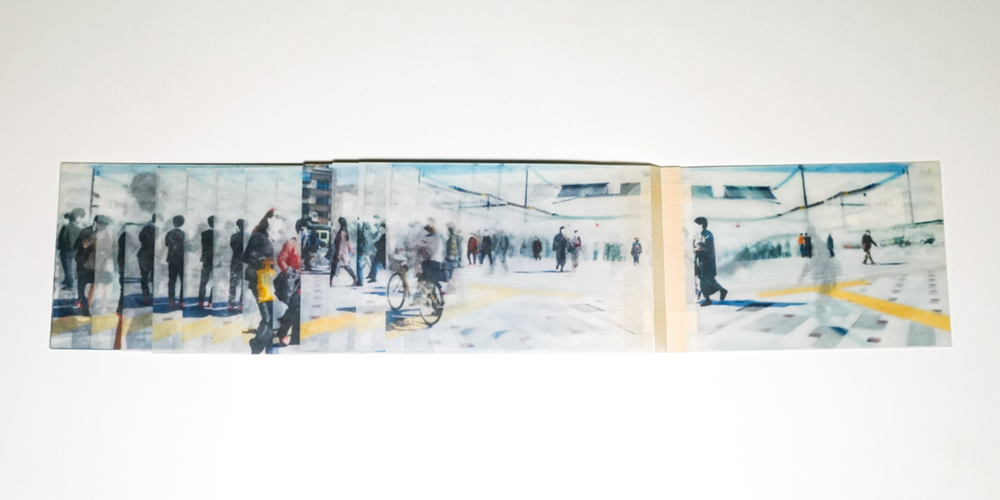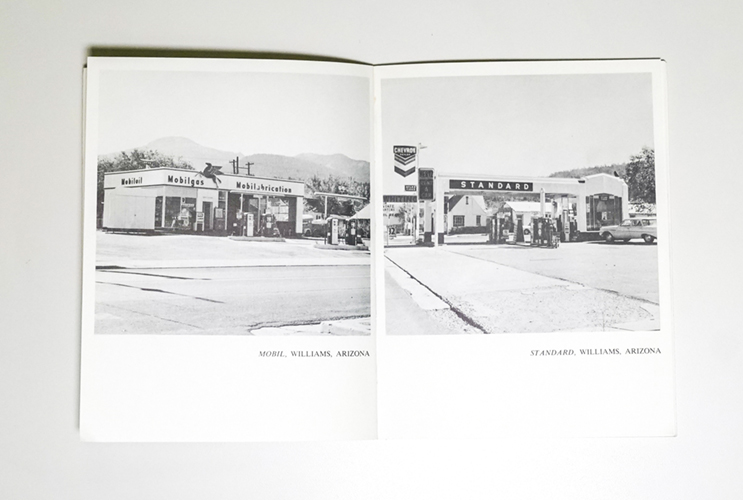
At first glance, Amissa Anima: A Book of the Dead looks like a traditional hardback volume. Open the cover, however, and you find something unexpected: a kit for contacting the dead.
Nested within the unique artist’s book are an album of unsettling photographs, from which the user can select a spirit to summon; a set of bottled emotions that evoke the strong feelings said to link a person to the spirit world; and a Ouija board to facilitate the conversation. The bewitching work, from artist and bookbinder Stephanie Gibbs, invites “readers” to interact with its contents and pushes against the traditional boundaries of the book form.
The art piece is one of more than two dozen such wonders on display in The Book as Art, an exhibit opening this week in Doe Library’s Bernice Layne Brown Gallery. The exhibit, which runs through March 14, showcases artists’ books from the collections of UC Berkeley’s Art History/Classics and Environmental Design libraries.
Lynn Cunningham, the university’s art librarian and a co-curator of the exhibit, said the books span six decades, and represent a wide variety of physical characteristics and themes.
“They are beautiful works that can be appreciated for their aesthetic value,” she said. “But as you spend more time with the exhibit, you also begin to understand a little more about the history and evolution of the modern artists’ books genre.”
Where: Doe Library’s Bernice Layne Brown Gallery
When: Sept. 9 through March 14, with exceptions; the gallery is open the same hours as Doe Library. Check the hours before you go.
Cost: Free

What is an artist’s book?
The genre evolved out of a centurieslong tradition of artistic practices in bookmaking. By the mid-20th century, the creation of artists’ books had become more widely practiced.
While there is no simple definition of an artist’s book, Cunningham described them as artworks in book form, or works that in some way allude to the book form. Their creators experiment with various materials, construction techniques, and content types — often exploring or expanding upon the very concept of the book.
For co-curator Abby Scheel, head of the UC Berkeley Library’s Arts & Humanities Division, it was important for the exhibit to highlight a broad range of creative output in the genre. Among her favorites of the books on display is Intersection; Gion, Kyoto by artist Kyoko Matsunaga.
The book chronicles people and cars crossing a busy intersection in Kyoto, Japan. Matsunaga recorded images of the scene every seven seconds, capturing happenstance moments of life. The photos were later altered, with some people or objects being removed to symbolize the ephemeral nature of memory.
“Each page in Intersection is a work of art on its own, but it’s in flipping through the book that Matsunaga’s message about memory fully comes through, as elements of the same photograph disappear with each page,” Scheel said. “To further reference the flow of time, she uses her own water wheel binding technique to allow the pages to flow open.”
Scheel said that the work epitomizes what makes artists’ books so remarkable — the unique combination of format and content to deliver a message.


Influential work
While Matsunaga’s work spins the ordinary material of life into something extraordinary, for other of the featured artists, the commonplace is the point.
Take, for example, Ed Ruscha’s influential photobook Twentysix Gasoline Stations, which the conceptual artist self-published in 1963. As the title suggests, the book includes photographs of 26 gas stations along Route 66, between Oklahoma City and Los Angeles. Each small black-and-white photo is presented in a deadpan manner, with only a name and location noted. Ruscha described the photos as “unartistic.”
Despite its ostensibly simple presentation, the book proved to be provocative. Ruscha’s experimentation challenged the norms for books of that time in terms of content, form, design, and distribution model. Although Twentysix Gasoline Stations initially confounded the public, it was ultimately embraced as a seminal work in the genre of modern artists’ books.
“I really enjoy Ruscha’s wry humor and his California aesthetic,” Cunningham said. “When researching (for the exhibit), I came to realize that we hold almost a complete collection of his books, although the holdings are divided among the (libraries). This is an opportunity to see many of them displayed in one place.”
Several of Ruscha’s books, and those of his fellow conceptual artist Sol LeWitt, whose work is also featured, were gifted to the Library by longtime donor Richard Sun M.P.H. ’86, M.S. ’86. Cunningham said the exhibit would not have been possible without Sun’s generosity and vision.
As with most collection materials at the Library, the artists’ books provide great value to the academic community. Cunningham said they are excellent primary sources for teaching about specific artistic movements or styles. The themes of the books can also serve as prompts for interdisciplinary discourse around issues of social justice, gender, and politics, as the artists often interrogate subjects such as these in their work.
Cunningham hopes visitors to the exhibit will also engage with the works on a deeper level. “(I’d love for) viewers to come away asking their own questions about the meaning of a book, and reflecting on the different ways books can function and be constructed,” she said.